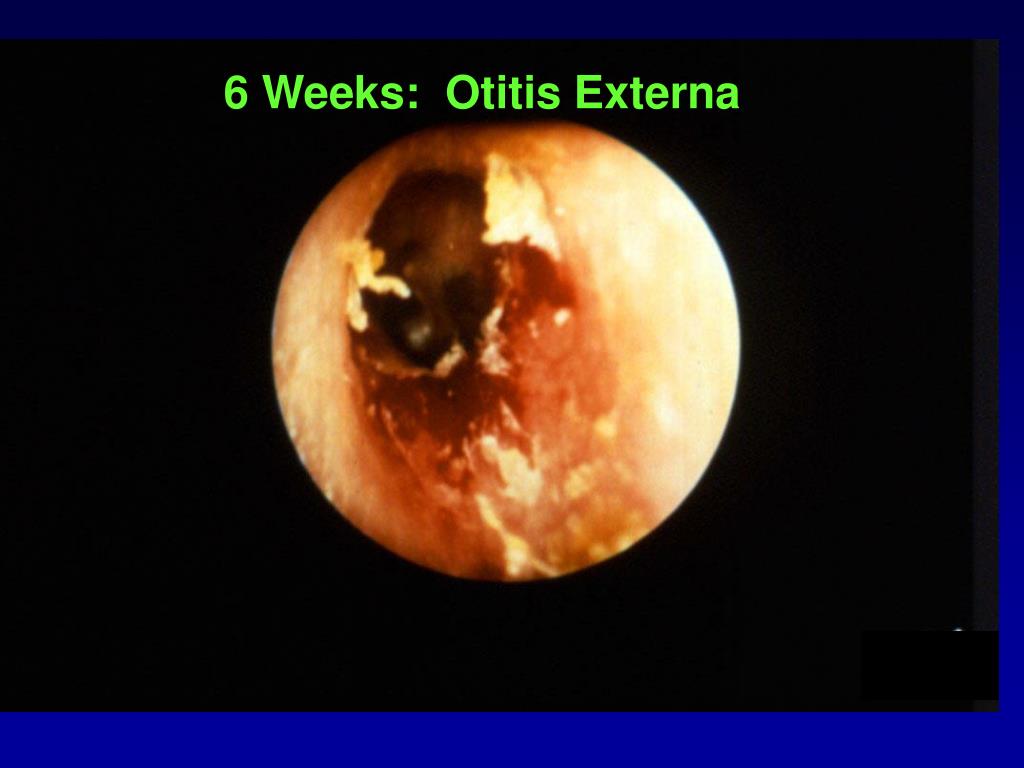

Symptomatic middle ear barotrauma occurred in 19 ears (31%) of 14 divers (45%) at one time or another.

Barotraumas that occurred during an upper respiratory tract infection were excluded.ĭivers completed a total of 774 dives (median, 25 range, 3-100). All symptomatic ears were examined within 24 hours of diving by the investigator, who was blinded to the predive findings. Thirty-one sport scuba divers with normal predive audiometry, tympanometry, and general and otorhinolaryngologic examination.Īfter an occurrence of middle ear barotrauma, the individual diver predive data on smoking, mild septal deviation, otitis media history, rhinosinusitis history, Valsalva, Toynbee, and nine-step inflation/deflation tympanometric test, as well as degree of mastoid pneumatization were registered for calculation of predictive value in relation to the barotrauma. This investigation evaluates the predictive value of several parameters related to tubal dysfunction, in relation to symptomatic middle ear barotrauma in divers. Using alternative techniques may improve the success individually when a technique fails.Įustachian tube dysfunction plays an important role in the pathogenesis of middle ear barotrauma. No statistical difference in equalization of the middle ear pressure was found among Valsalva maneuvers, Toynbee maneuvers and Ear Popper(©) in healthy adults under physiological conditions. When the groups were separately compared there was no significant difference between Valsalva and Toynbee maneuvers, whereas Ear Popper(©) was found more effective in Group A (56.7% vs. In almost half of the subjects in whom at least one technique was unsuccessful, the other two was effective. There was also no statistical difference among the middle ear pressure shifts obtained by these three techniques. There was no statistical difference in success rates of middle ear pressure equalization techniques in 60 ears, regardless of ET function results (Valsalva and Toynbee maneuvers 51.7% effective, Ear Popper(©) 43.3% effective). The efficiencies of all the three techniques were statistically compared first overall, then paired-wise between the two groups. All the volunteers performed Valsalva maneuver, Toynbee maneuver and Ear Popper(©) application, respectively. Group A: good eustachian tube function at nine step inflation deflation test (30 ears), Group B: possible dysfunction of the ET at nine step inflation deflation test (30 ears). In a prospective setting, 60 ears of 35 volunteers were divided into two groups according to eustachian tube (ET) functions tested using the nine step inflation deflation test. To compare success rates of middle ear inflation device (Ear Popper (©)), Valsalva maneuver and Toynbee maneuver in middle ear pressure equalization in healthy adults.Īdult volunteers with otoscopically healthy ears were enrolled to the study. In this systematic review we present information relating to the effectiveness and safety of the following interventions: nasal balloon inflation, nasal decongestants (topical), and oral pseudoephedrine. We performed a GRADE evaluation of the quality of evidence for interventions. We found three studies that met our inclusion criteria. We included harms alerts from relevant organisations such as the US Food and Drug Administration (FDA) and the UK Medicines and Healthcare products Regulatory Agency (MHRA). We conducted a systematic review and aimed to answer the following clinical question: What are the effects of interventions to prevent middle-ear pain during air travel? We searched: Medline, Embase, The Cochrane Library and other important databases up to July 2014 (Clinical Evidence reviews are updated periodically please check our website for the most up-to-date version of this review). It has been estimated that 10% of adults and 22% of children might have changes to the ear drum after a flight, although perforation is rare. Changes in air pressure during flying can cause ear-drum pain and perforation, vertigo, and hearing loss.


 0 kommentar(er)
0 kommentar(er)
